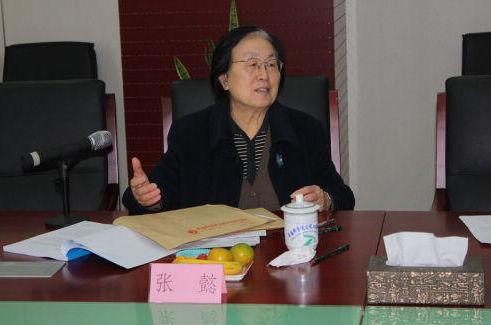December 2, 2010, High Concentration Ammonia-nitrogenous wastewater treatment technology and Demo Plant, a project under the state 863 program commissioned to IPE and Tianjin University, passed the appraisal review. The project made a breakthrough in high concentration ammonia-nitrogenous wastewater treatment, achieved a complete clean process with independent IPR. Proved by 6 demo plants, the process can reduce 99% ammonia nitrogenous pollutants from the wastewater and turned them into useful resources. The process filled the lack of such kind of technology in China, will provide solid support to facilitate China to accomplish its commitments in controlling the ammonia nitrogenous contamination in the 12th five-year plan period.
In recent years, the ammonia nitrogenous contaminations in waters are growing seriously. It became the prime pollutant, instead of COD, to the surface water in China, including all the major drainage area, like Changjiang River, Yellow River, Zhujiang, Songhuajiang, Haihe and Liaohe. It also was the main factor which cause the water blooms, blue-green algae and rich nutritionization in lakes like Taihu, Caohu and Dianchi.
According to 2009 China Environmental Statistics Annual Report, the total discharge of ammonia nitrogen in the wastewater in China is 1.226 million tons, which is 4 times higher that the tolerance of the environment. Of which, 85.9% were from the high concentrated ammonia nitrogenous wastewater from 8 industries including chemical and non-ferrous metal plants. Less than 68% could be removed by the conventional process.
Supported by the State 983 program, IPE and Tianjin University worked together and developed a complete process for ammonia nitrogen treatment and the applied industrial plant. After treatment, the ammonia nitrogen content could be reduced from 1-50g/l to 10ppm, which complied with the national standard (<15ppm).
In the appraisal review meeting organized by China Society for Environmental Sciences, Professor Jianming Jin, CAS member from Ministry of Environment Protection, Professor Quanxing Zhang, CAS member from Nanjing University, gave a very high opinion of this achievement.
